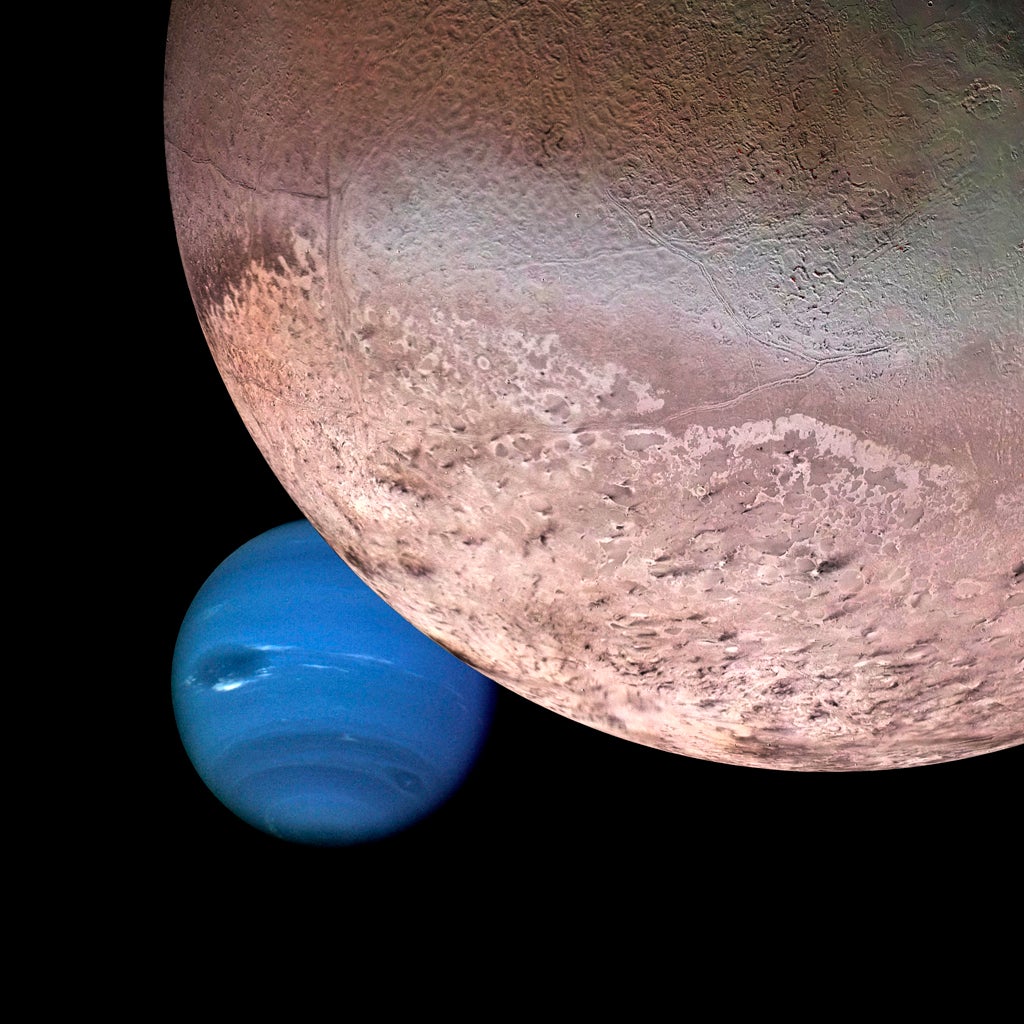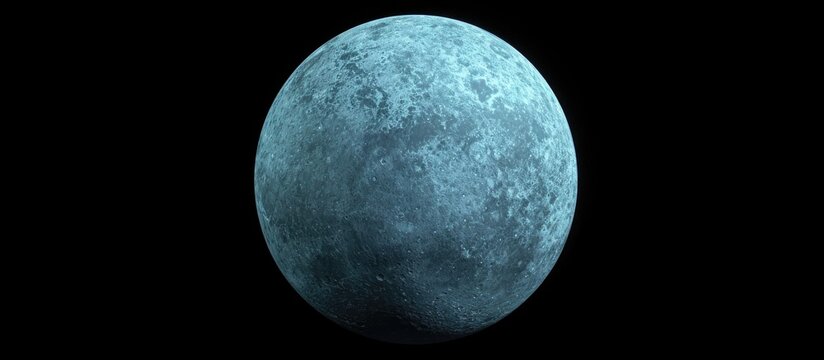SpaceX's Fram2 Mission Makes History with First Human Orbit Over Earth’s Poles and West Coast Splashdown

Fram2 Space Tourists Complete Historic Polar Orbit with First-Ever West Coast Splashdown
CALIFORNIA, USA – Four space tourists aboard SpaceX's Fram2 mission have safely returned to Earth after completing a groundbreaking journey through a never-before-attempted orbital path — one that took them directly over both the North and South Poles.
Led by cryptocurrency billionaire and space enthusiast Chun Wang, the privately funded mission marked a significant milestone in human spaceflight. The Fram2 crew, which launched into orbit earlier this week, splashed down safely off the coast of California at 9:19 a.m. PT (12:19 p.m. ET), marking SpaceX’s first-ever human landing on the U.S. West Coast. The recovery process was streamed live on SpaceX’s website.
This polar orbit, set at a 90-degree inclination to the equator, allowed the crew to witness views of Earth’s polar regions previously unseen by human eyes during spaceflight. Unlike the International Space Station (ISS), which orbits closer to the equator, Fram2 provided rare, firsthand visual access to Antarctica and the Arctic Circle.
Joining Wang on this extraordinary mission were:
-
Jannicke Mikkelsen, a Norwegian film director
-
Rabea Rogge, a Germany-based robotics researcher
-
Eric Philips, an Australian adventurer
All four participants have backgrounds in or connections to polar exploration, and they originally met in Svalbard, a Norwegian archipelago near the North Pole — a location that inspired the mission's polar trajectory.
“This is not your typical NASA astronaut team,” Mikkelsen said in a pre-flight conversation on social media. “We’ve gone from zero to certified astronauts in a very unconventional way.”
While in orbit, the crew carried out scientific and observational projects, including capturing stunning visuals of Earth’s auroras and monitoring the effects of space motion sickness. Wang openly shared their struggles adjusting to microgravity, revealing that all members experienced nausea and vomiting in the early hours of the flight.
“It was unlike motion sickness in a car or at sea,” Wang explained on X (formerly Twitter). “Even a sip of water could upset your stomach. But strangely, you could still read on your iPad without making it worse.”
The crew shared breathtaking images and videos through the Crew Dragon capsule’s cupola window, including Wang’s reflections on seeing Antarctica from space: “Only pure white. No signs of human activity.”
Fram2 was more than just a space tourism endeavor — it was a mission with meaning. Wang emphasized their goal was to bring attention to the beauty and fragility of the polar regions. “We call it a Svalbard mission,” he wrote. “This view from space completes what we set out to do.”
While satellites have routinely orbited Earth’s poles, this was the first time humans experienced that perspective directly. The closest previous attempt was in 1963 with Soviet cosmonaut Valentina Tereshkova, whose Vostok 6 mission reached a 65-degree orbit — still short of a true polar path.
As commercial spaceflight continues to evolve, Fram2 stands out as a bold and historic venture, redefining where and how private citizens can experience space.
What's Your Reaction?












/https://tf-cmsv2-smithsonianmag-media.s3.amazonaws.com/filer_public/54/66/546650fa-26a4-40fd-8d6d-5a7a04540f81/rosetta2.png)
:max_bytes(150000):strip_icc():focal(999x0:1001x2)/robert-prevost-050825-1-39395418ab494da5a3a700c9478e66c8.jpg)


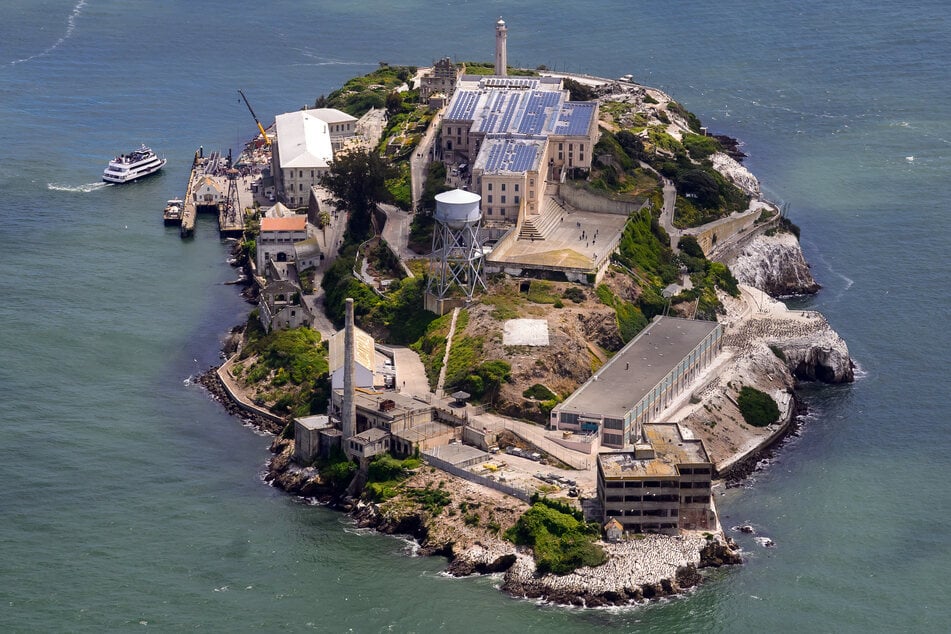

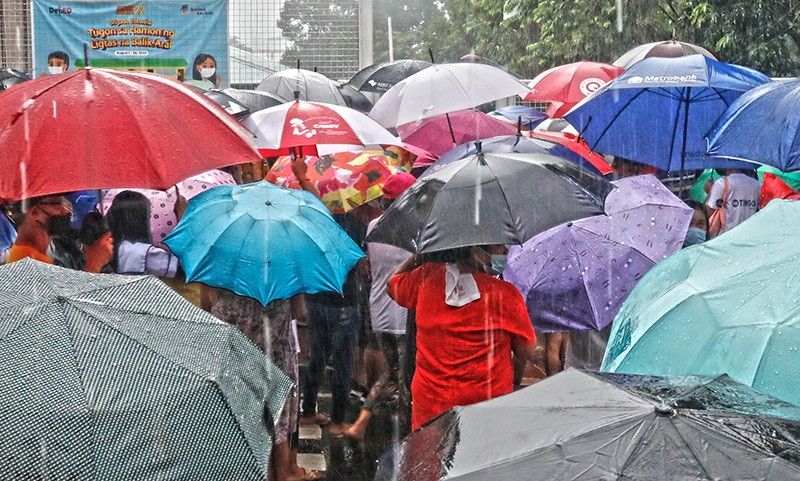



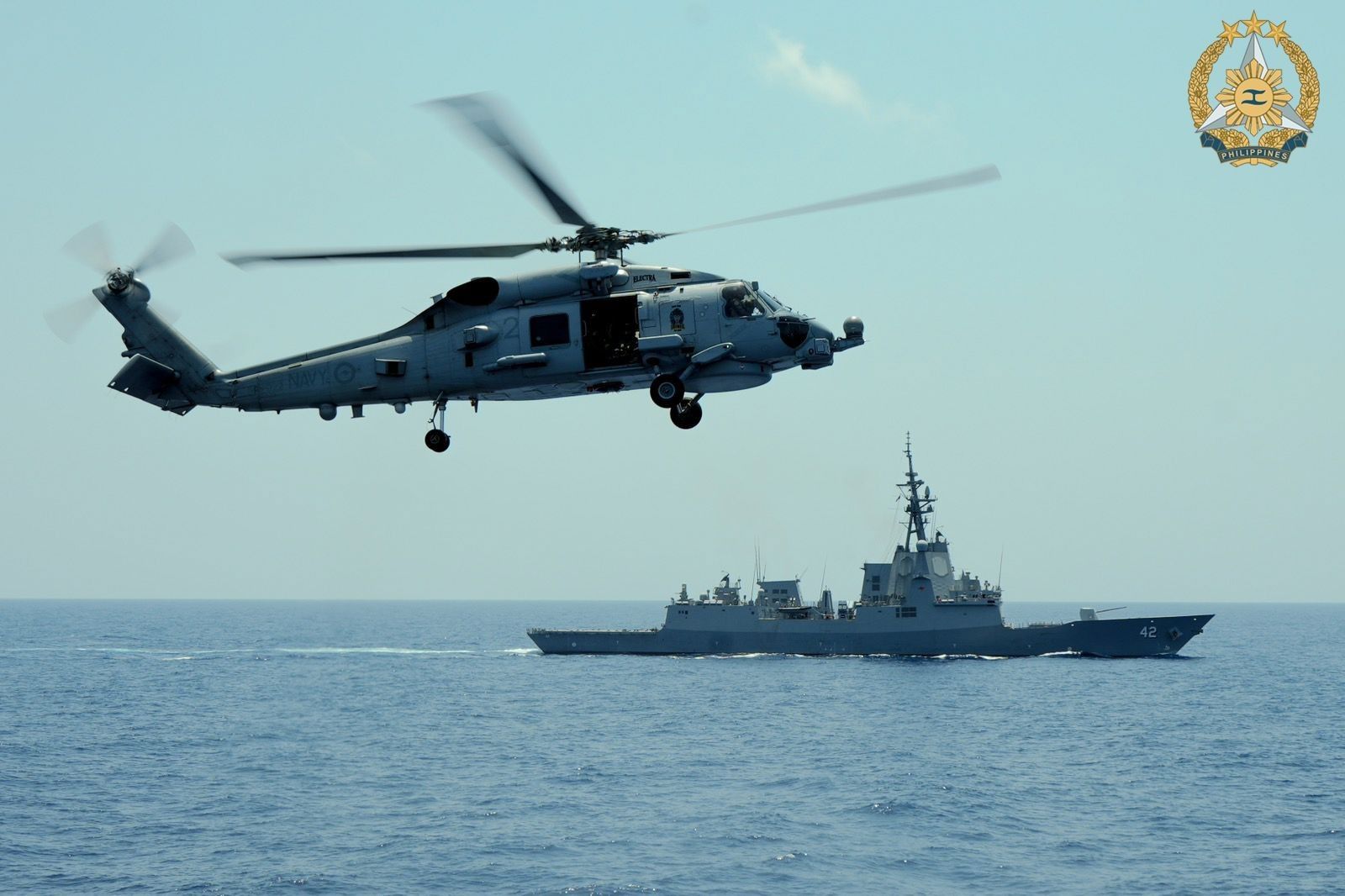

















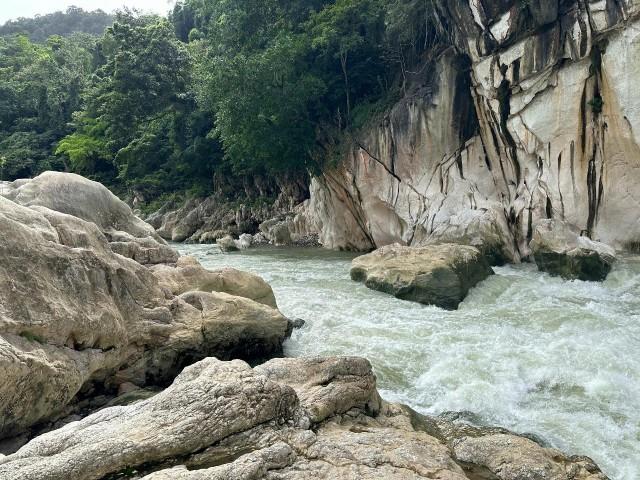










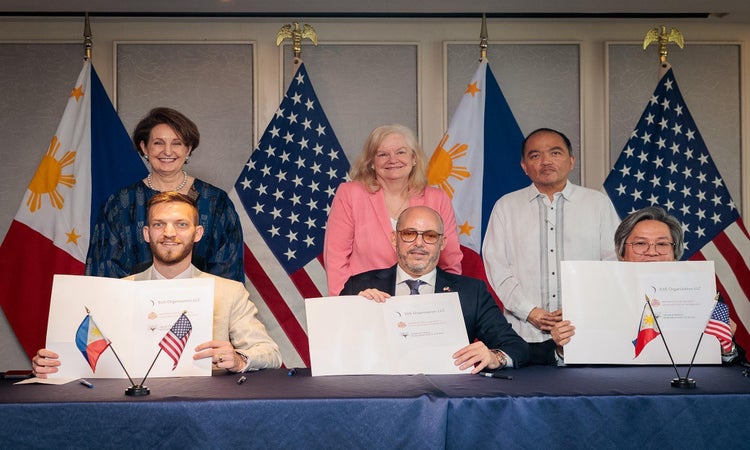









format(webp))
format(webp))























